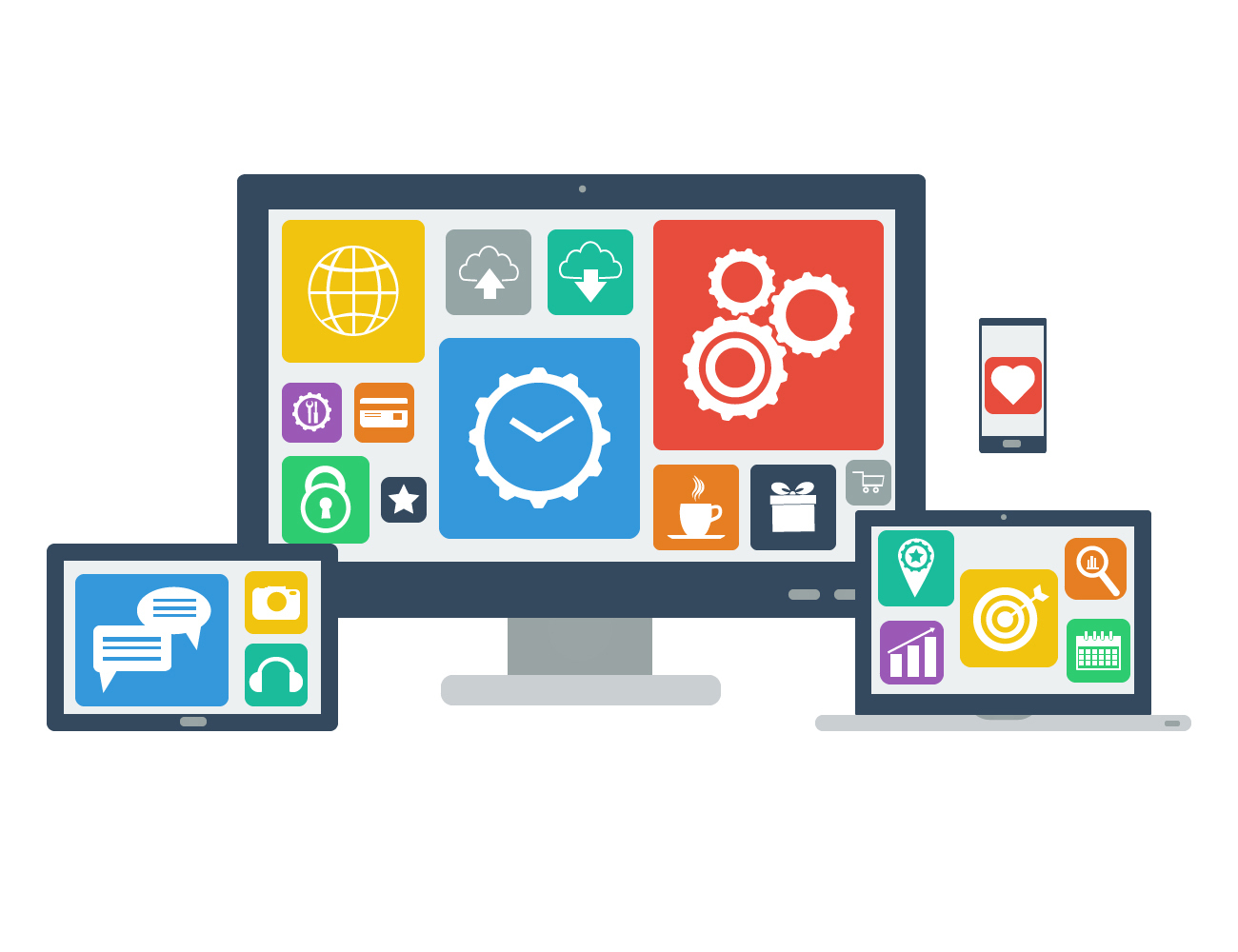With more vendors getting into the software development game than ever, there are a growing number of tools on the market.
They are still focusing on creating powerful software solutions that can help businesses run better, but they are also starting to recognise that their end users are not companies but people – thus putting much more thought and work into the user experience.
Here are four directions that will likely frame the future of enterprise software development.
>See also: Education focus: In teaching developers, emulate software development
1. Mobility
Mobility in enterprise software is both a current and a future trend. It has only been in the last year or so that bring your own device (BYOD) workplaces have really become pervasive, as companies are finally accepting the fact that employees are using their personal devices for work and using their work devices for non-work purposes. Software vendors are responding to this new environment by designing enterprise applications that can be used anytime, anywhere, on any device. Mobile development is expected to grow even more exponentially over the next few years.
2. Multi-device functionality
One result of the BYOD movement has been that, just like in the consumer market, employees are using different devices for different tasks. In the future, enterprise applications will facilitate this practice by allowing users to engage with the software simultaneously using multiple devices. For example, a customer service agent may use customer relationship management (CRM) software on a both a computer and a tablet at the same time – the computer to access and enter data into the customer history, and the tablet to monitor the company’s social media feeds.
3. Custom apps
Traditionally, software development was extremely expensive and time consuming, and there weren’t many people who could do it very effectively. But now, as software development tools improve and more people become fluent in various programming languages, building custom applications is not beyond the capabilities of many organizations.
In fact, a recent survey by Good Technology found that custom apps now account for 28% of all mobile apps used by companies, taking the top spot for smartphones and the second spot for tablets. There are several categories of enterprise software (such as document editing and customer relationship management) that third-party vendors will continue to dominate, but the future will likely see the development of more custom applications, particularly in larger companies, which have more specialised needs and more funds available for investment.
4. Integration
Completely standalone software will become a thing of the past, giving way to enterprise applications that are able to fully integrate with other business tools. This trend is already being driven by the current movement toward cloud computing – when all of a company’s software applications are online, they can communicate in a way that wasn’t possible when the software was installed on different servers and terminals.
>See also: Tomorrow’s software jobs and what lies beneath
To respond to the necessity for inter-application communication, more vendors are developing application programming interfaces (APIs) that can be used to design plug-ins to facilitate easy integration with other programs and online services. This will also result in more white-labelling of software products, so that they can be branded. As this development continues into the future, employees will be able to use all of their enterprise tools via one centralised company-branded platform.
While consumer applications started following major technology trends years ago, enterprise software was slower to get on board. But now, as companies are starting to use software for more of their management functions and are realising the benefits of cloud computing, the enterprise software market is experiencing a huge growth spurt. These four directions are in their infancy now, but they will play a defining role in the future of how enterprise software develops in the future.
Sourced from Sameer Bhatia, ProProfs










